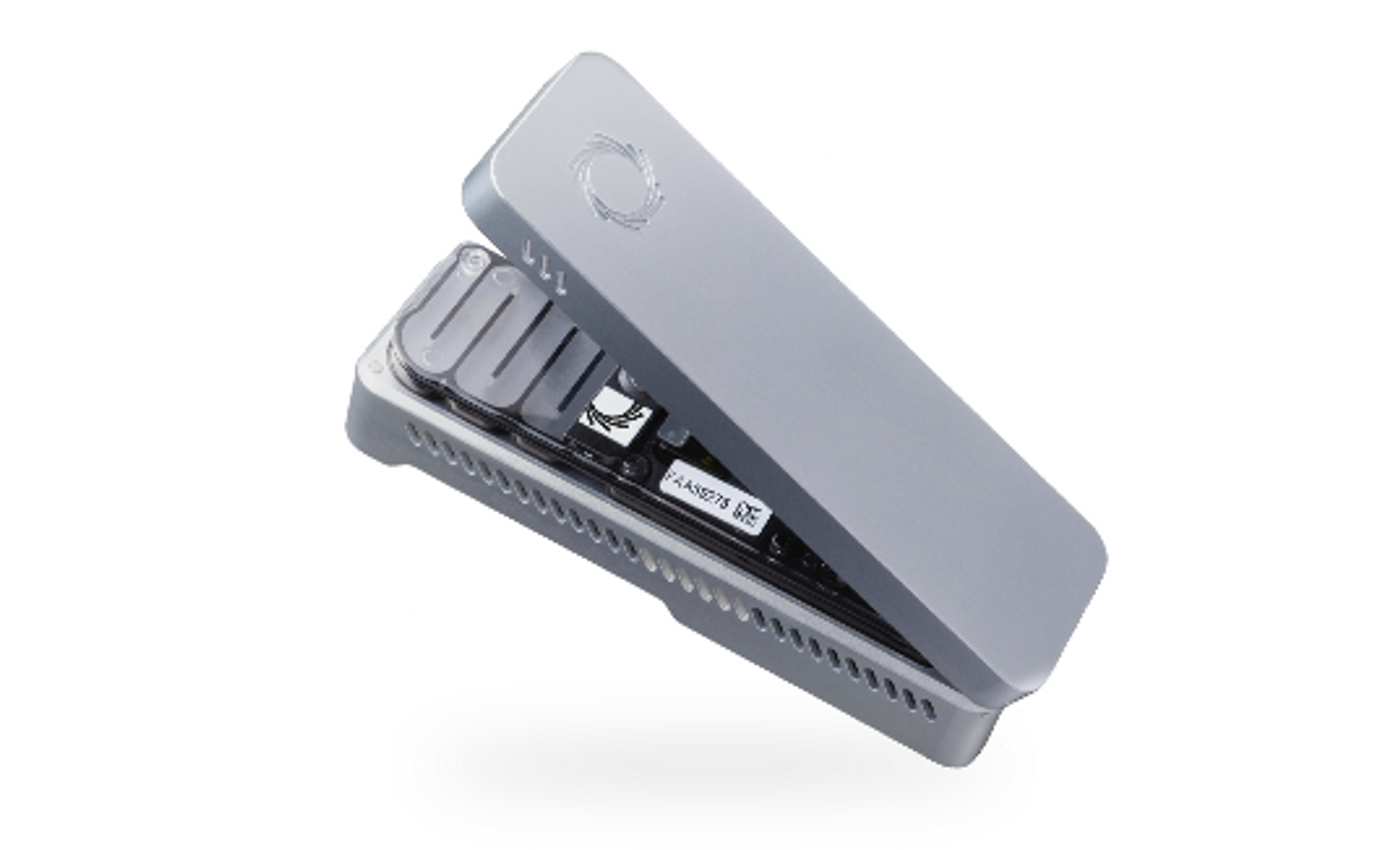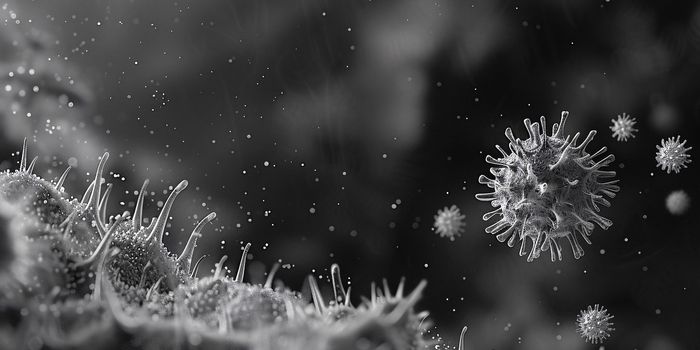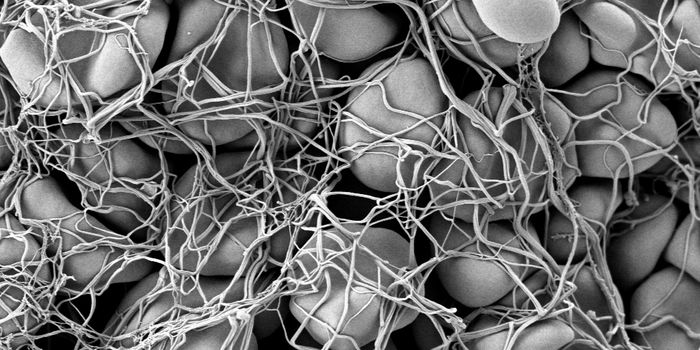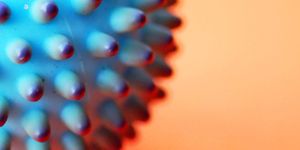Targeted sequencing allows researchers to hone in on specific regions of DNA they are interested in, and enabling more cost-effective and rapid generation of data of interest. Scientists have advanced the technique; called 'Read Until', it has been described in
a publication in Nature Methods. If you want to know more about targeted sequencing, check out the video below.
In the new work, the researchers aimed to allow the selection of a particular subset of DNA from a bunch of molecules without extensive preparation of a genetic library. It can be very challenging to generate a single sequencing library from multiple sources, and ratios of those sources cannot be applied after the library is created.
The team utilized nanopore DNA sequencing, which allows data analysis in real-time. They used a device called the MinION sequencer, which performs electrical current measurements as molecules of DNA pass through a nanopore. A biotech company called
Oxford Nanopore Technologies made the machine, shown below and described in
this video.
"This is the first time that direct selection of specific DNA molecules has been shown on any device," said Matt Loose, of the Cell and Developmental Biology Research Group at the University of Nottingham's School of Life Sciences. "We hope that it will enable many future novel applications, especially for portable sequencing. This makes sequencing as efficient as possible and will provide a viable, informatics based alternative to traditional wet lab enrichment techniques. The application of this approach to a wide number of problems from pathogen detection to sequencing targeted regions of the human genome is now within reach."
The MinION device is so small it can fit into a pocket. It has already been sent by NASA to the International Space Station in order to see if DNA can be sequenced in microgravity. The mini-machine works by using small molecular pores, or nanopores that are made up of protein, in a membrane. These pores are able to determine sequence of DNA fragments that pass through them, as tiny fluctuations in a current trace are produced. These traces of current, scientifically termed 'squiggles' must then be converted to DNA bases using specialized base caller software. The team at University of Nottingham bypassed that step by using signal processing techniques to map their squiggles to reference sequences.
The scientists show that using that squiggle-matching technique is fast enough to glean information about the DNA sequence before it has finished passing through completely. Then, if a sequence is detected that is of interest to the researchers, the nanopore can actually be directed to continue sequencing that area of interest, or to remove the DNA fragment and move on to a different one.
The investigators demonstrate that what some call DNA tasting, other wise known as 'real-time selective sequencing', significantly reduces the amount of time needed to sequence important DNA fragments and enables the analysis of a specific sample where there are mixtures of DNA present in said sample.
If you'd like to know more about how NASA is using the MinION device, check out the video below.
Sources:
Oxford Nanopore Technologies,
AAAS/Eurekalert! via
The University of Nottingham,
Nature Methods


















































